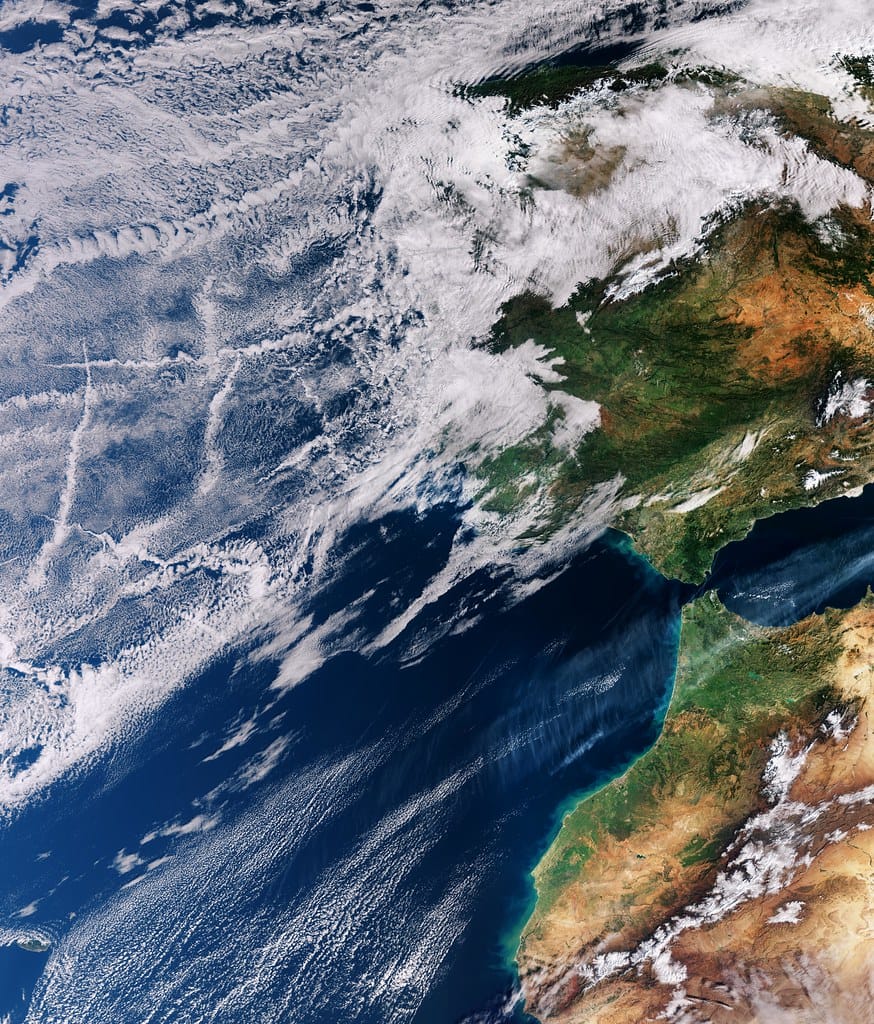The Ocean's Hidden Network: How Internet Cables Are Becoming Climate Guardians
Beneath the Atlantic's waves, a revolutionary transformation is taking place. The same fiber optic cables that carry our emails and stream our videos are now doubling as sophisticated ocean sensors, providing scientists with unprecedented insights into climate change and marine ecosystems.
The concept sounds almost too futuristic to be true: turning the internet's backbone into a vast environmental monitoring network. Yet this is exactly what researchers have accomplished with transatlantic communication cables, opening up new frontiers in oceanography and climate science.
From Data Highway to Ocean Laboratory
Fiber optic cables have quietly revolutionized how we monitor our oceans. These cables, originally designed solely for telecommunications, can detect minute changes in temperature, pressure, and seismic activity along their entire length. The technology relies on the principle that light traveling through fiber optic cables is affected by environmental conditions, creating measurable variations that scientists can interpret.
The breakthrough came when researchers realized they could use Distributed Acoustic Sensing (DAS) and Distributed Temperature Sensing (DTS) technologies to transform these cables into continuous monitoring devices. Unlike traditional ocean sensors that provide point measurements, these cables offer real-time data across thousands of kilometers of ocean floor.
Real-World Applications Making Waves
The practical applications are already yielding remarkable results. In 2021, researchers used the MAREA cable—Microsoft and Facebook's transatlantic connection between Virginia and Spain—to detect seismic activity with unprecedented precision. The 6,600-kilometer cable essentially became the world's longest seismometer, capable of detecting earthquakes, underwater landslides, and even whale migrations.
Similar projects are documenting ocean temperature changes critical to understanding climate patterns. The cables can detect thermal variations as small as 0.01°C, providing data that helps scientists track ocean currents, identify warming trends, and predict weather patterns with greater accuracy.
The Numbers Tell the Story
The scale of this sensing network is staggering. There are currently over 400 submarine cables worldwide, covering more than 1.3 million kilometers of ocean floor. If even a fraction of these cables were equipped with sensing capabilities, scientists would have access to an ocean monitoring network worth billions of dollars—at a fraction of the cost of traditional research vessels and buoy systems.
Research vessel expeditions typically cost $25,000 to $50,000 per day, while cable-based monitoring systems can operate continuously for years once installed. The economic efficiency is compelling: what once required months of expensive ship time can now be monitored 24/7 from shore-based facilities.
Breaking Down Technical Barriers
The integration of sensing technology into communication cables faces several technical challenges. The primary concern is ensuring that environmental monitoring doesn't interfere with data transmission. Engineers have developed sophisticated multiplexing techniques that allow the same fiber strands to carry both internet traffic and environmental data without degradation.
Power consumption is another consideration. Traditional ocean sensors rely on batteries that must be replaced periodically, but cable-based systems can draw power from the cable's electrical supply, enabling continuous long-term monitoring without maintenance interventions.
Environmental Intelligence Revolution
Perhaps most significantly, these cable sensors are providing insights into previously inaccessible ocean environments. Deep-sea cables can monitor the abyssal depths where traditional sensors cannot operate effectively. This capability is crucial for understanding deep ocean circulation patterns that drive global climate systems.
The data collected is already contributing to improved climate models. Ocean temperature measurements from cable sensors are helping researchers understand how heat moves through ocean layers, informing predictions about sea level rise and extreme weather events.
Looking Ahead: The Future of Ocean Monitoring
As telecommunications companies continue expanding global connectivity, the potential for ocean sensing grows exponentially. New cables are increasingly being designed with dual-purpose capabilities, incorporating sensing technology from the planning stages rather than as an afterthought.
The convergence of telecommunications and environmental science represents a paradigm shift in how we understand our planet. By repurposing existing infrastructure for scientific research, we're creating a more sustainable and comprehensive approach to ocean monitoring.
This transformation demonstrates how technological innovation can serve multiple purposes simultaneously—connecting the world while helping us understand and protect the environment that sustains us. As climate change accelerates, these underwater sentinels may prove invaluable in our efforts to monitor and respond to our changing planet.
